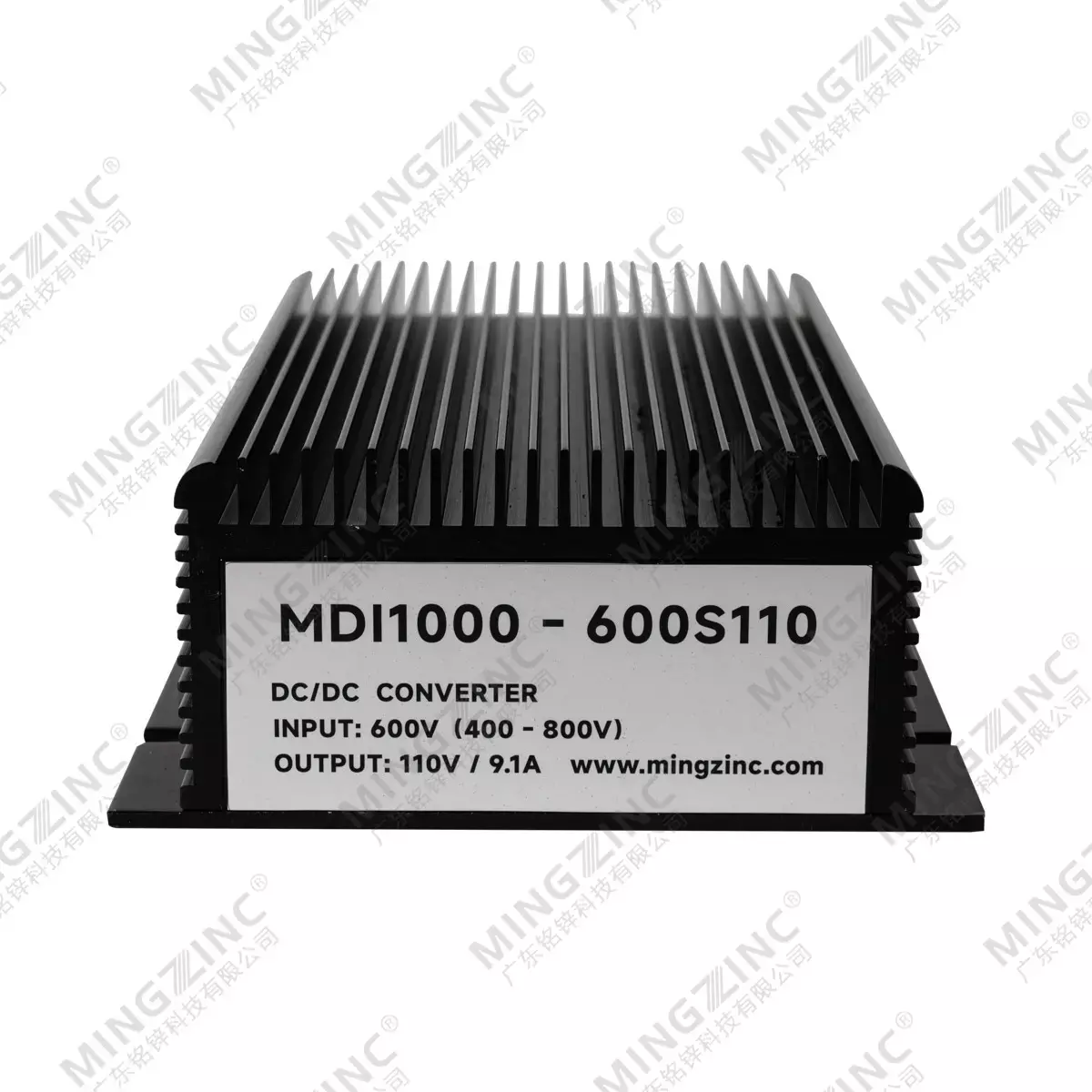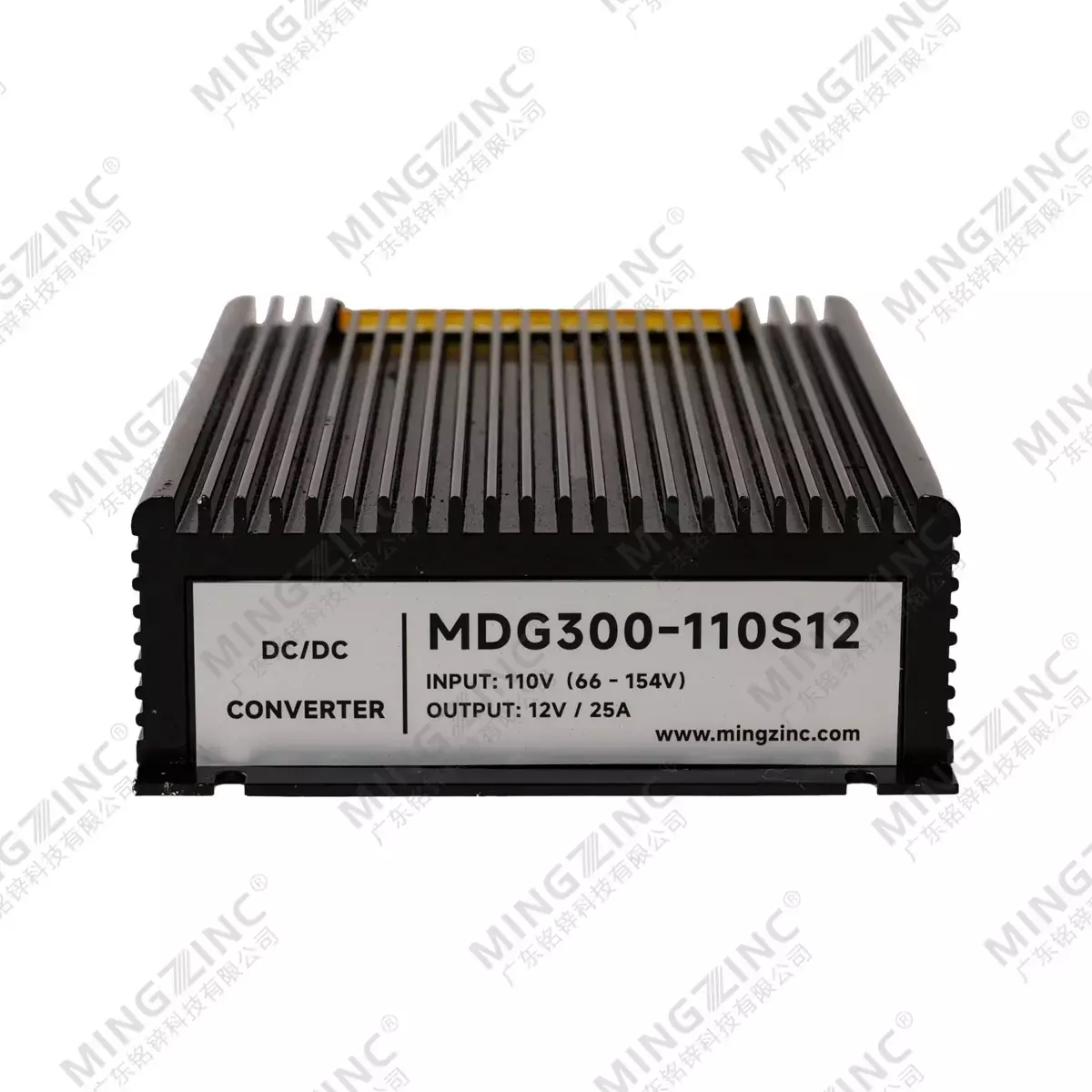Empowering Communication Systems with Reliable Modular Power Supply Solutions
1. The Heart of Communication Systems: Stable Power Supply Matters
1.1 Why Communication Base Stations Rely on High-Reliability Power Sources
Communication base stations are the cornerstone of modern wireless networks, enabling voice, data, and multimedia transmission. These stations often operate continuously in remote or harsh environments. To ensure uninterrupted service, especially during peak usage or extreme weather, base stations require power systems that offer:
-
High uptime and redundancy
-
Over-voltage, over-current, and thermal protection
-
Minimal maintenance
A failure in the power system can cascade into service outages, dropped calls, and data loss—making power reliability not just important, but mission-critical.
1.2 The Critical Impact of Voltage Fluctuation on Communication Equipment
Voltage instability can cause significant damage to communication infrastructure:
-
Signal Loss: Inconsistent power disrupts the signal integrity of RF and baseband circuits.
-
Component Stress: Voltage spikes can reduce the lifespan of sensitive semiconductor components.
-
System Reboots: Under-voltage may trigger unwanted shutdowns or restarts, resulting in lost connections.
To combat these threats, advanced voltage regulation circuits are embedded in power modules, maintaining constant voltage levels even during input fluctuations. This ensures reliable performance in both urban centers and remote regions.

1.3 Power Needs: Modern Communication vs. Traditional Networks
Traditional telecom systems used analog equipment with relatively simple power requirements. Today’s digital base stations integrate:
-
High-performance processors for real-time data handling (BBU)
-
Multi-antenna configurations (Massive MIMO)
-
Power-hungry 5G/6G radios (RRU)
These upgrades significantly increase power density demands, driving the shift toward modular power supply solutions that offer both scalability and efficiency.
2. Power Challenges in Communication Base Stations
2.1 Base Station Architecture & the Role of Modular Power Supplies
A modern communication base station typically consists of:
-
RRU (Remote Radio Unit) – placed near antennas, needs low-noise, compact power modules
-
BBU (Baseband Unit) – handles data processing, requires high-current, multi-output supplies
-
Transmission Equipment – for signal routing, needs isolated, EMI-resistant power
Each unit has unique voltage and current requirements, which is where modular power supply systems shine—offering configurable output, isolation, and protection within a compact footprint.
2.2 Power Requirements: Temperature, Efficiency & EMC Compliance
Base station power supplies must operate reliably under a wide range of conditions:
-
Temperature Range: –40°C to +85°C for outdoor deployment
-
High Efficiency: ≥ 90% to reduce heat and energy loss
-
EMC Compliance: Meet EN55032, CISPR 22 standards to avoid interference
Additionally, the form factor must support rack-mount or pole-mount installations without airflow blockage.
2.3 Case Study: Service Outage Due to Power Supply Failure
In 2023, a telecom provider in Southeast Asia reported a six-hour mobile network blackout. The investigation revealed the failure of several poorly ventilated linear power supplies in coastal base stations. These units overheated under high humidity, leading to RF module shutdowns. This incident underscores the risks of using non-ruggedized or non-modular power sources in mission-critical telecom infrastructure.
3. How Modular Power Supply Solutions Empower Communication Systems
3.1 Key Applications in RRUs, BBUs, and Transmission Equipment
Modular power supplies are widely deployed in:
-
RRUs: Use isolated DC/DC converters for clean signal amplification
-
BBUs: Require multi-output modules (e.g., 12V, 5V, 3.3V) for DSP, FPGA, and memory
-
Switches & Routers: Rely on redundant power modules to support high availability
These modules are designed for low ripple, fast transient response, and remote control/monitoring via PMBus or I²C interfaces.
3.2 Modular vs. Traditional Power Supplies: Clear Advantages
| Feature | Modular Power Supply | Traditional Supply |
|---|---|---|
| Efficiency | Up to 95% | Around 80% |
| Size | Compact, stackable | Bulky |
| Maintenance | Hot-swappable | Requires system shutdown |
| Customization | High flexibility | Limited options |
| Deployment | Fast, plug-and-play | Complex integration |
3.3 Voltage Regulation: Ensuring Signal Stability
Voltage regulation is the foundation of signal quality in RF and digital domains. Modular power systems use:
-
Digital voltage control for precise tuning
-
Load-line regulation to support dynamic loads
-
Soft-start & UVLO for safe startup
These features stabilize output voltage, protect equipment, and maintain synchronization across transmission lines.

3.4 Power Selection Guide: Indoor vs. Outdoor Base Stations
-
Indoor Base Stations: Use convection-cooled, silent modules with small form factors
-
Outdoor Base Stations: Require wide input ranges (e.g., 36–75V), IP-rated enclosures, and active cooling
-
Extreme Conditions (e.g., desert, arctic): Modules with military-grade components, conformal coating, and redundant paths are recommended
3.5 Custom Power Solutions: When Off-the-Shelf Isn’t Enough
Custom modular power supply design is often needed when:
-
Space is highly constrained
-
Input/output parameters are non-standard
-
Special certifications (UL, CE, MIL-STD) are required
-
Integration with hybrid power sources (e.g., solar + grid) is planned
Mingzinc offers engineering support for such customizations, including rapid prototyping and pre-compliance testing.
Industry Page Portal:https://www.mingzinc.com/products
4. The Future: Modular Power Supply in 5G/6G Base Stations
4.1 Higher Frequencies, Higher Demands
5G and future 6G technologies require:
-
High-current, low-voltage rails (e.g., 0.9V, 1.2V) for ASICs
-
Compact designs for dense urban deployment
-
Thermal efficiency for fanless or passive cooling
This evolution makes modular, high-density power supplies indispensable.
4.2 Smart Voltage Regulation & Energy Management
Future-ready power modules are integrating:
-
Digital twin monitoring for predictive failure analysis
-
Adaptive voltage scaling (AVS) for dynamic power control
-
AI-based load prediction to optimize energy efficiency
Such smart features reduce OPEX and improve network resilience.
5. Get a Free Consultation on Power Solutions
Need to upgrade or design power systems for your communication network?
Contact Mingzinc for a free consultation and let our engineers help you select the right modular power supply—from standard modules to custom-designed solutions for your communication base station.
Other great article recommendations:The Role of Modular Power Supply in Modern Home Energy Storage Systems




